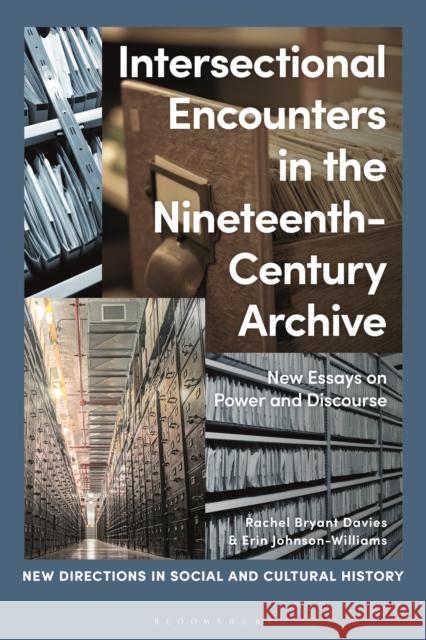Intersectional Encounters in the Nineteenth-Century Archive: New Essays on Power and Discourse » książka
topmenu
Intersectional Encounters in the Nineteenth-Century Archive: New Essays on Power and Discourse
ISBN-13: 9781350200333 / Angielski / Twarda / 2022 / 352 str.
Intersectional Encounters in the Nineteenth-Century Archive: New Essays on Power and Discourse
ISBN-13: 9781350200333 / Angielski / Twarda / 2022 / 352 str.
cena 438,10
(netto: 417,24 VAT: 5%)
Najniższa cena z 30 dni: 434,51
(netto: 417,24 VAT: 5%)
Najniższa cena z 30 dni: 434,51
Termin realizacji zamówienia:
ok. 30 dni roboczych.
ok. 30 dni roboczych.
Darmowa dostawa!
Kategorie BISAC:
Wydawca:
Bloomsbury Academic
Seria wydawnicza:
Język:
Angielski
ISBN-13:
9781350200333
Rok wydania:
2022
Numer serii:
000806092
Ilość stron:
352
Waga:
0.45 kg
Wymiary:
23.39 x 15.6 x 2.54
Oprawa:
Twarda
Wolumenów:
01
Dodatkowe informacje:
Obwoluta











